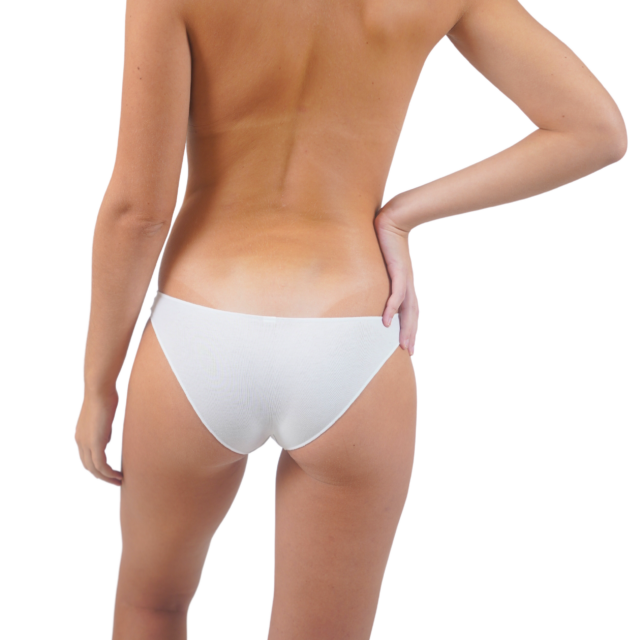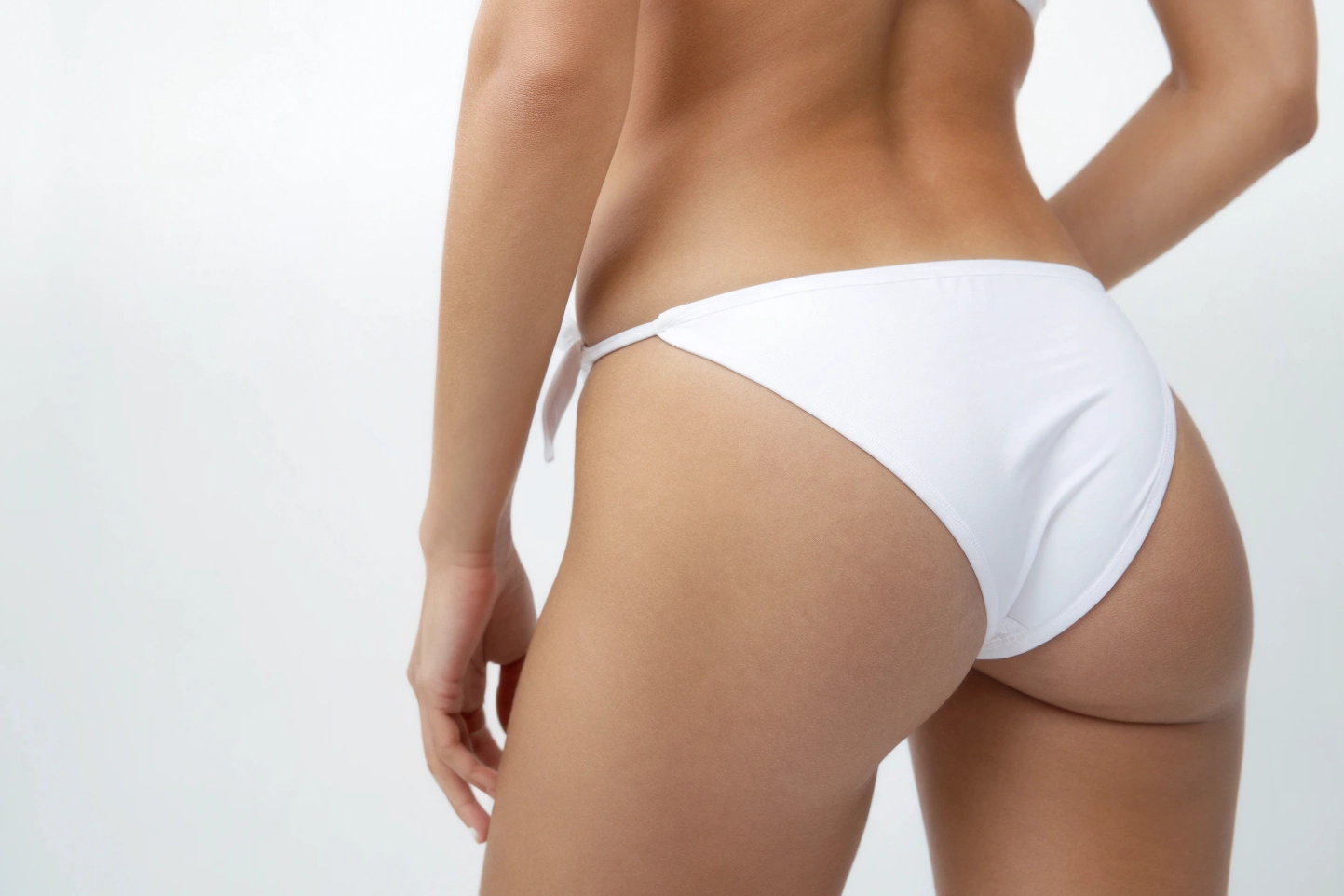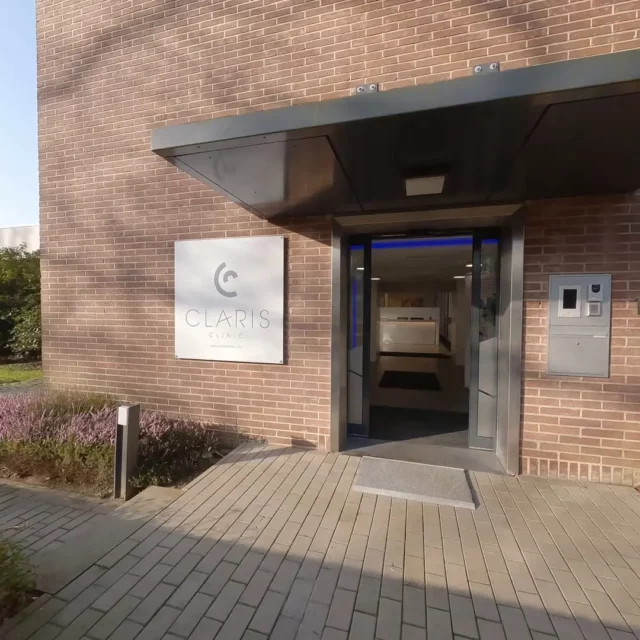Reducing buttock volume
Many women are dissatisfied with the volume of their buttocks, especially when they appear too large. One of the most frequently reported problems is saddlebags. Saddlebags are fatty deposits on the back of the thighs and buttocks that encourage the appearance of cellulite.
Saddlebags can form early in life and develop over the course of a woman’s life as a result of hormonal or weight variations, and are not always linked to a healthy lifestyle. It is sometimes hereditary. Some women are more inclined than others to store fat on their hips, buttocks and thighs.
The benefits of buttock reduction treatments
- Targeted reduction: eliminates localised fat deposits for a more harmonious silhouette
- Long-lasting results: removed fat cells will not return with a healthy lifestyle
- Various options: surgical (liposuction) and non-invasive (cryolipolysis) techniques
- Aesthetic enhancement: redefines the contours of the buttocks and thighs
- Rapid recovery: reduced downtime for non-invasive procedures
- Customisation: tailored to individual needs
- Effective treatment for saddlebags: significant fat and cellulite reduction

Frequently asked questions
How can you reduce the volume of your buttocks?
Are you aiming for a slimmer figure but find your buttocks remain overly prominent? Effective solutions exist for reducing their size and achieving optimal results. First and foremost, natural approaches such as regular exercise and a balanced diet are essential for overall weight management and remain the best way to slim the buttocks.
However, these methods may not always be enough to noticeably reduce buttock volume. Genetic factors can make slimming difficult, and stubborn fat deposits such as saddlebags can be particularly resistant to change.
Recourse to surgery or cosmetic medicine is strongly recommended if physical activity and a healthy diet have not yielded optimal results.
How do you choose the best method for you?
The first method to consider is sport and a healthy diet. Combined, they can help reduce buttock volume considerably. However, when results are limited, liposuction and cryolipolysis are two highly effective methods to consider.
Liposuction is a surgical method for sculpting the figure by removing excess fat from the buttocks. Results are rapid and long-lasting, making the procedure highly effective. Cryolipolysis is also effective, and is a non-invasive procedure, ideal for those who don’t wish to undergo surgery. It involves destroying fat cells using cold. Unlike liposuction, results are visible after several weeks, but recovery time is very short.
In order to choose the method that best suits your needs and expectations, we invite you to discuss this with the expert who will be taking care of you at your first consultation appointment.
How can I get rid of my saddlebags?
Saddlebags refer to the build-up of fat around the hips and thighs. They are a common source of insecurity for both men and women, prompting many to seek ways to reduce them. Saddlebags typically stem from genetic or hormonal factors, or from lifestyle and diet. When lifestyle is the cause, regular exercise and improved nutrition can help significantly. If the cause is genetic or hormonal, however, only surgery or aesthetic treatments are likely to produce significant results.
How do you maintain results after surgery?
While surgery can drastically change the appearance of your figure, it’s important to maintain the results obtained by adapting your daily habits. Maintaining a healthy diet and regular physical activity are important conditions for good post-operative results. It’s also essential to follow the post-operative recommendations detailed by your surgeon, to recover properly and maximise your results.
Are the results of cryolipolysis permanent?
Cryolipolysis uses controlled cooling to eliminate localised fat. The destroyed fat cells are permanently removed, giving lasting results as long as a healthy lifestyle is maintained. In principle, the treated fat cells do not regenerate, but significant weight gain can cause new fat cells to form in untreated areas or enlarge the remaining ones.
Natural changes in the body with age may also subtly affect the appearance of treated areas. Although the fat cells are permanently eliminated, the overall shape of the body can still change over time.
How long does it take to recover from liposuction?
The recovery process after liposuction is divided into different phases. The immediate post-operative phase, during which the patient is monitored for possible complications. This is followed by the initial recovery phase, which lasts one to two weeks. After this phase, patients can slowly resume light activities, and eventually return to work. Finally, the full recovery phase can be observed after four to six weeks, after which patients resume their usual activities, including strenuous exercise.
The results of liposuction become increasingly noticeable as swelling continues to subside over the following months. Full recovery usually takes four to six weeks, although this varies by patient. It is essential to follow all post-operative instructions, including attending medical check-ups and wearing compression garments.
How much does liposuction or cryolipolysis cost?
The price of liposuction depends on the number of areas to be treated. Prices start at 2,950 euros. This price includes all services, such as pre-operative consultations, anesthesia, post-operative care, etc.
Cryolipolysis can be a more affordable option. The initial consultation and estimate are free, and a single session on one area costs €325. Typically, one to three sessions per area are needed for satisfactory results, with the price per session decreasing as more are booked. Two sessions on the same area cost €600, and three cost €825. Two sessions on the abdomen are priced at €540. Depending on the number of areas treated, cryolipolysis may therefore be more cost-effective than liposuction.




